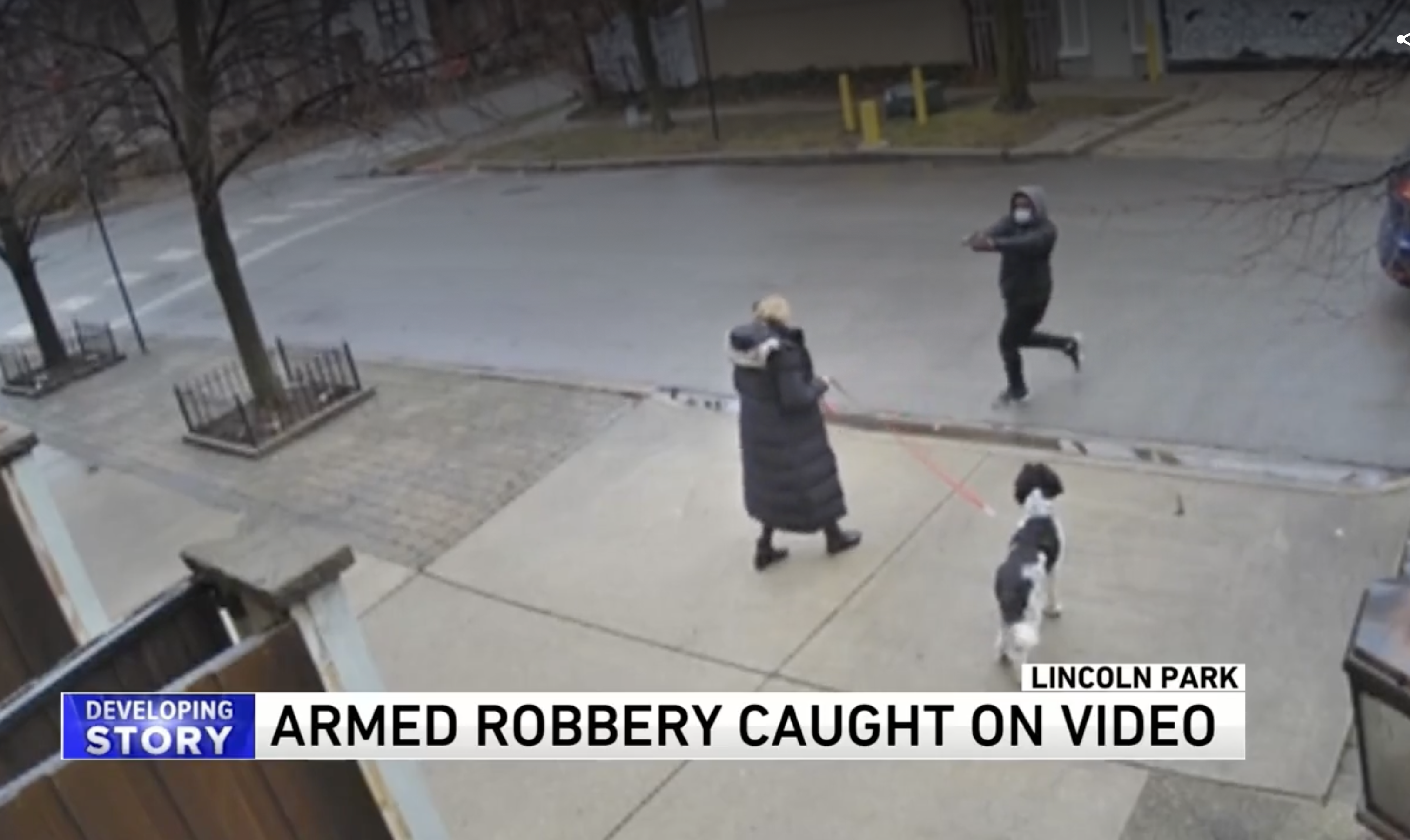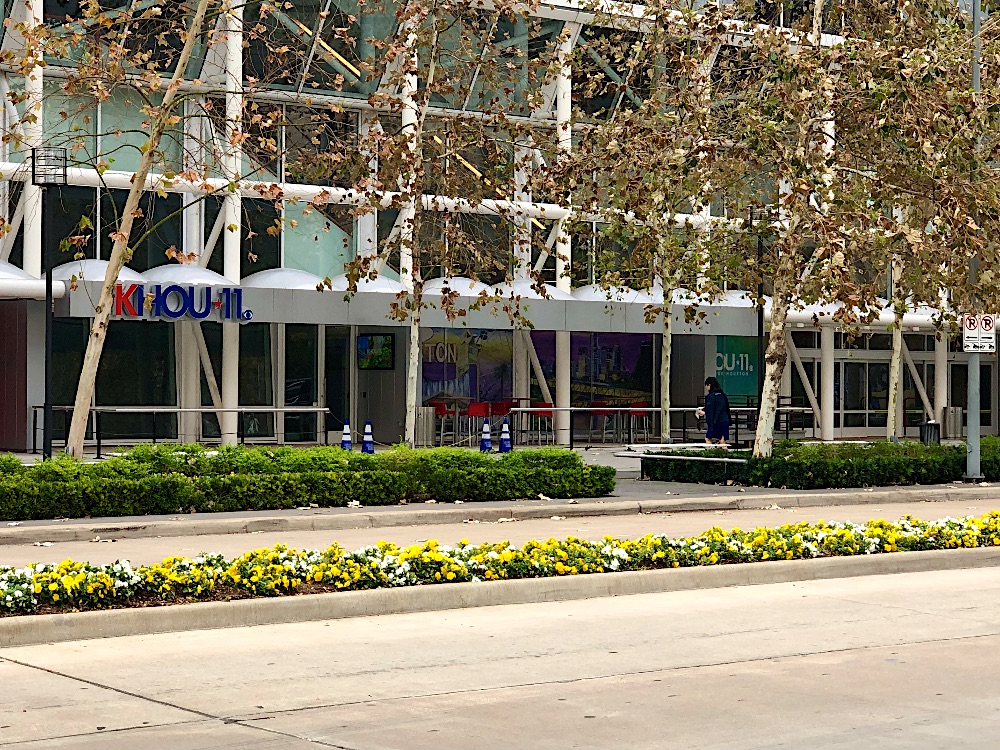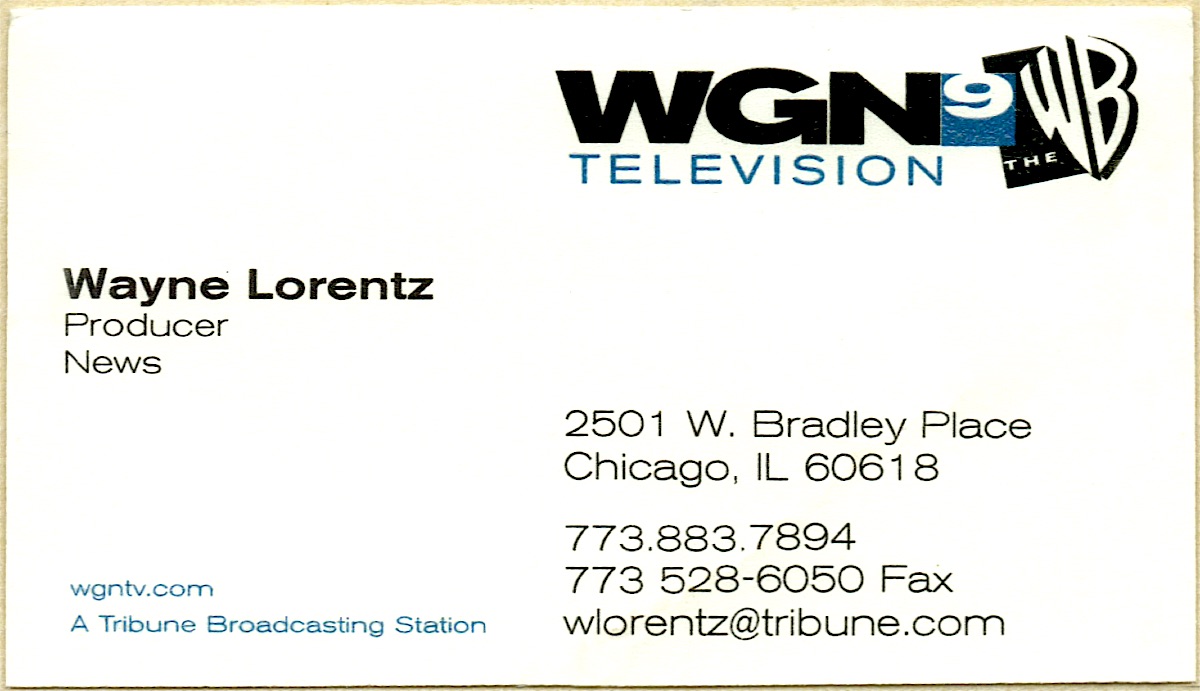Thursday, December 15th, 2022 Alive 18,860 days

This morning the big story on WGN-TV news was another mugging in Chicagoʼs Lincoln Park neighborhood, as illustrated by the screenshot above.
Why is yet another mugging in the nationʼs third-largest city a big news story? As a former television news producer, I can answer that.
- Itʼs part of a series of muggings that appear to be caused by the same group of people.
- It happened in a part of the city that is generally considered safe.
- It happened in the middle of the day.
- The mugger threatened to shoot the victimʼs dog.
- There was video available of the crime.
I canʼt speak to what happened in the WGN-TV newsroom when this story was written. I can, however, state that if I had aired this story in any of the cities where I produced TV news — Chicago, Houston, Cincinnati, and even Green Bay — the newsroom would have gotten complaint calls from people claiming that the only reason we aired the story is because it happened in a “white” neighborhood.
This is incorrect.
While itʼs true that muggings happen all the time Chicago neighborhoods that are more “diverse” and impoverished than Lincoln Park, the reason this was a big story is because it was the intersection of the five factors listed above. And of all those factors, the last one is the most important: There was video.
Television is a visual medium. TV without pictures is called “radio.”
Lincoln Park is a rich neighborhood, which means more people can afford personal security cameras, which means more video of crime is available. Englewood, as a random example, is a poorer neighborhood, which means fewer people can afford personal security cameras. Therefore, thereʼs less video of crime from that area, and thus itʼs less likely to be the main story of the newscast, unless itʼs made into a larger piece with crime statistics and interviews with cops, politicians, criminologists, residents, and whoever else is available.
I canʼt count the number of times Iʼve had to weigh two news stories, and chose the lesser one simply because video was available. If the news program isnʼt visually compelling, itʼs an important factor in people tuning out, ratings going down, and the next thing you know, youʼre on the street.
Struggling to make important, but non-visual, stories more palatable to a television audience is the reason that TV stations put all kinds of text on the screen. A still picture with a caption over the anchorʼs shoulder. A list of bullet points on one side of the screen. Even putting text between two anchors sitting in front of a chroma wall. And sometimes all the visual tricks in the book canʼt make a non-visual story work on TV and Iʼve said, “Let radio have it.”
Race is often an easy answer to not understanding how things work, but in local news it is seldom the right answer.
On a side note, Iʼve noticed that reporters in Chicago now call muggings “robberies.” The common term for a mugging when I lived in Chicago was “strong-arm robbery.” Itʼs a very Chicago term with a long history. I suspect the problem is too many people working in Chicago TV who are not from Chicago, and not thoughtful enough to adopt the local customs.


